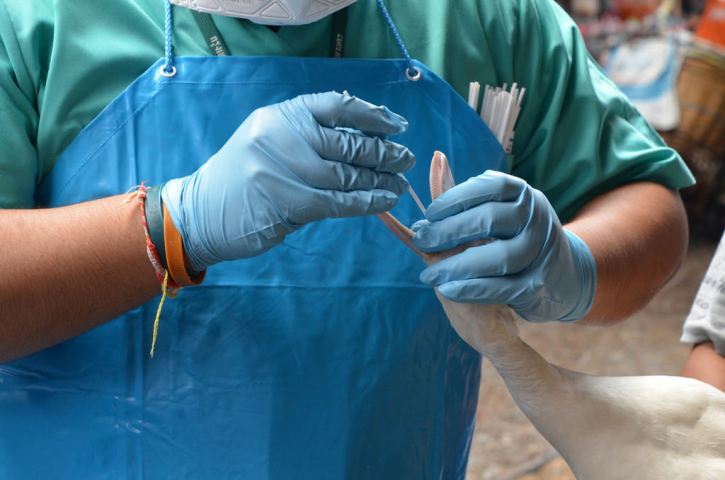Indonesia to eradicate mercury in gold mining by 2025, by 2020 in health sector

- Country:
- Indonesia
Indonesia on Tuesday said it was beefing up its efforts to phase out the use of toxic metal mercury in sectors such as mining, healthcare and manufacturing. The government said in a statement that a presidential regulation issued late last month aimed to eradicate the use of mercury in small-scale gold mining by 2025 and in the health sector by 2020.
The government also aims to slash the use of mercury in manufacturing by half current levels by 2030 and cut mercury emissions in the energy sector by 33.2 per cent by the same time. "Considering that mercury is a hazardous and toxic material that is resistant to decomposition and can accumulate in a living organism, the government views the need to regulate its use to avoid any negative impact on health and the environment," the government said in the statement.
As part of this push, it plans for stronger coordination between government agencies to improve monitoring of mercury trade and mining supervision. It also wants to boost education for businesses and communities on the dangers of mercury. The use of mercury in mining is already officially banned in Indonesia, but small-scale miners still widely use it to extract tiny pieces of gold.
There are at least 2,500 active small-scale gold mining operations in Indonesia, according to the country's environment ministry. The ministry in March launched a programme with the United Nations Development Programme to reduce the use of mercury in six mining communities. Mercury can also be found in household products such as certain types of light bulbs and cosmetics. In the health sector, it is often found in thermometers and dental fillings.
(With inputs from agencies.)
ALSO READ
Small businesses apply for federal loans after Baltimore bridge collapse
World Bank allocates USD 16 million to support women-led businesses in Afghanistan
Nepal invites investments from Indian businesses
Payoneer's 8th Global Flagship Event to Empower Service Export Small Businesses in India
German authorities crack down on human smuggling gang linked to China through raids on homes and businesses










